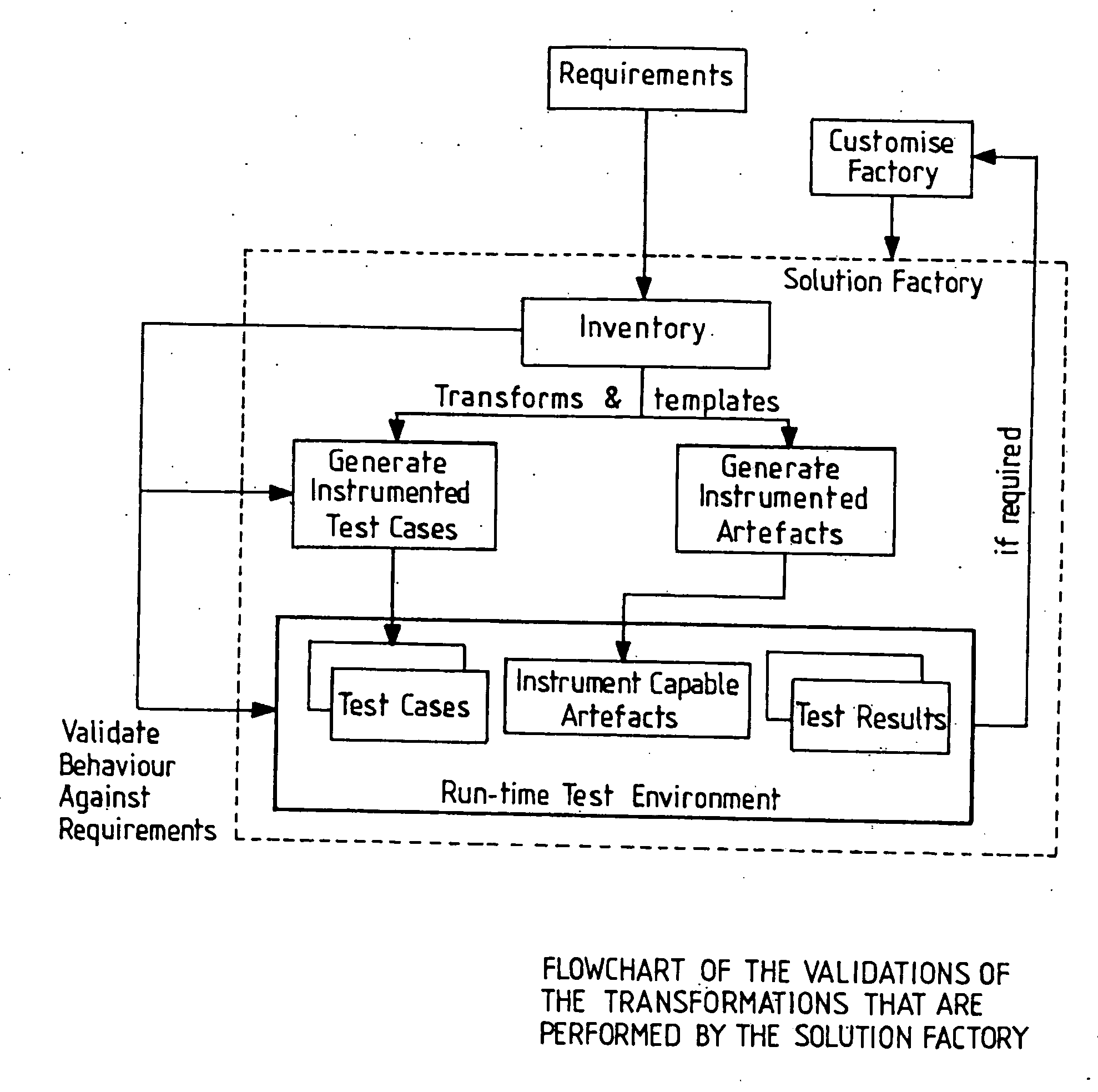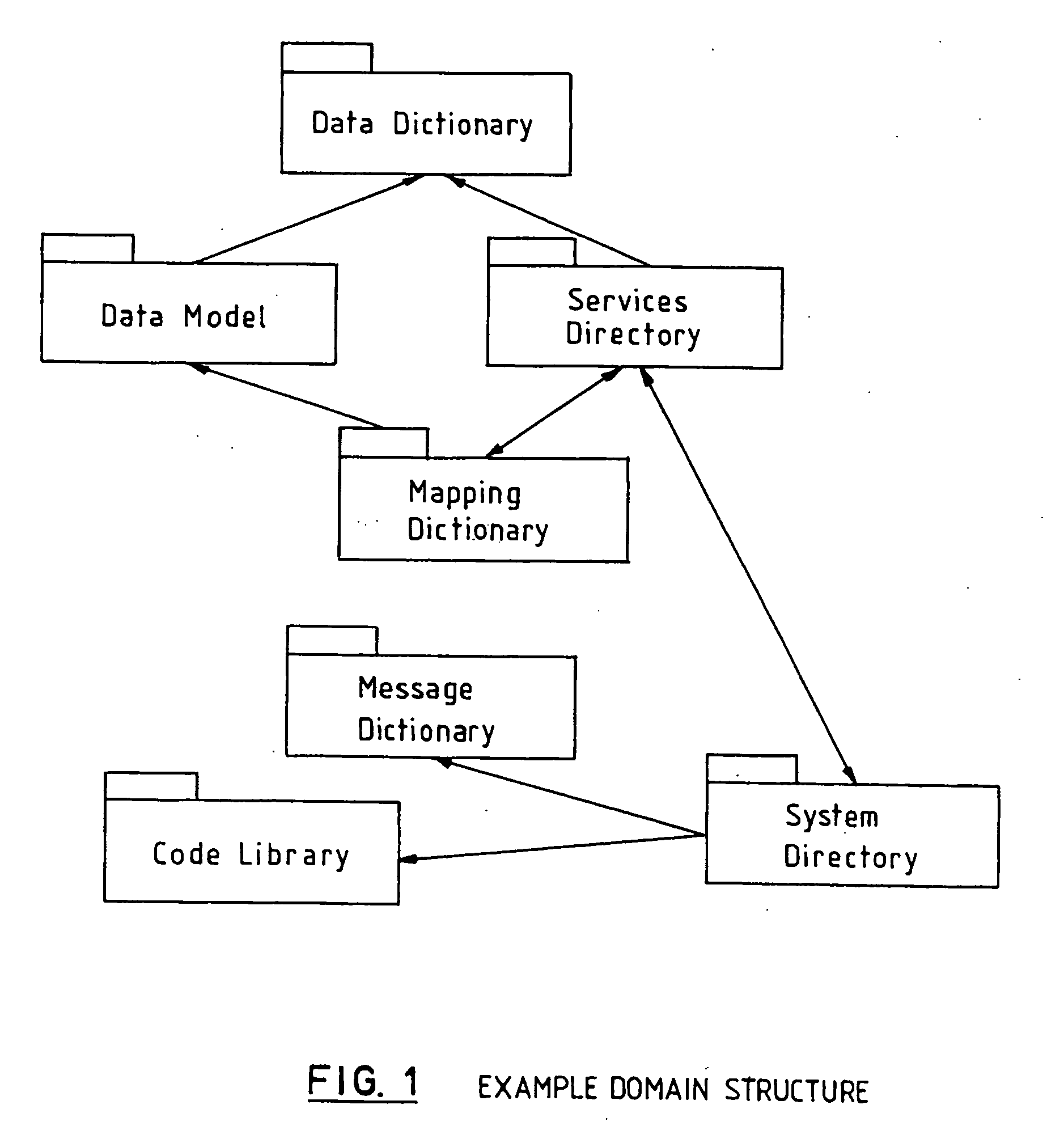Integration of software into an existing information technology (IT) infrastructure
a software and infrastructure technology, applied in the field of data processing, can solve the problems of increasing the cost of integrating systems, affecting the development efficiency of existing/cots-based systems, and affecting the success rate of existing/cots-based systems,
- Summary
- Abstract
- Description
- Claims
- Application Information
AI Technical Summary
Benefits of technology
Problems solved by technology
Method used
Image
Examples
Embodiment Construction
[0033] The present invention involves iteratively generating / adapting a Model Driven Software Factory that is customized to the needs of a particular client engagement. The process of generating the software factory is iterative so that the software factory can be modified during the client engagement as new knowledge and requirements are unearthed.
[0034] In addition, the factory is referred to as a solution factory since it covers all aspects of the generation of the solution and not just the runtime artifacts. The solution factory has a philosophy that all information has a single source. There is no need to support round-tripping through a tool chain.
[0035] At the core of the solution factory is a single Inventory where the contents follow a write-once-read-many philosophy as follows. The inventory is populated from a variety of tools using a controlled publish process that ensures each item in the Inventory has an identifiable single source and owner. This eliminates the need ...
PUM
 Login to View More
Login to View More Abstract
Description
Claims
Application Information
 Login to View More
Login to View More - R&D
- Intellectual Property
- Life Sciences
- Materials
- Tech Scout
- Unparalleled Data Quality
- Higher Quality Content
- 60% Fewer Hallucinations
Browse by: Latest US Patents, China's latest patents, Technical Efficacy Thesaurus, Application Domain, Technology Topic, Popular Technical Reports.
© 2025 PatSnap. All rights reserved.Legal|Privacy policy|Modern Slavery Act Transparency Statement|Sitemap|About US| Contact US: help@patsnap.com



